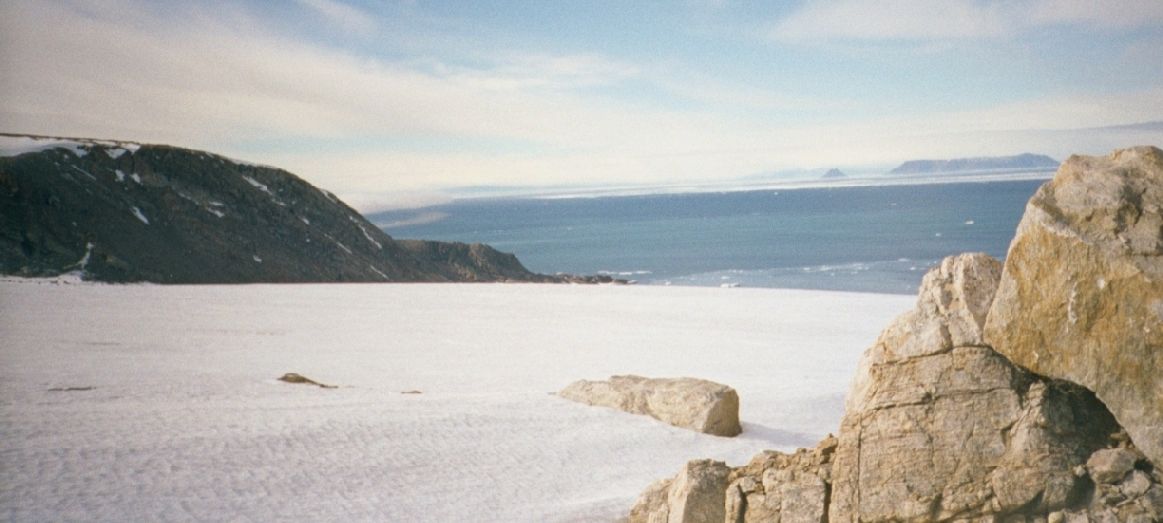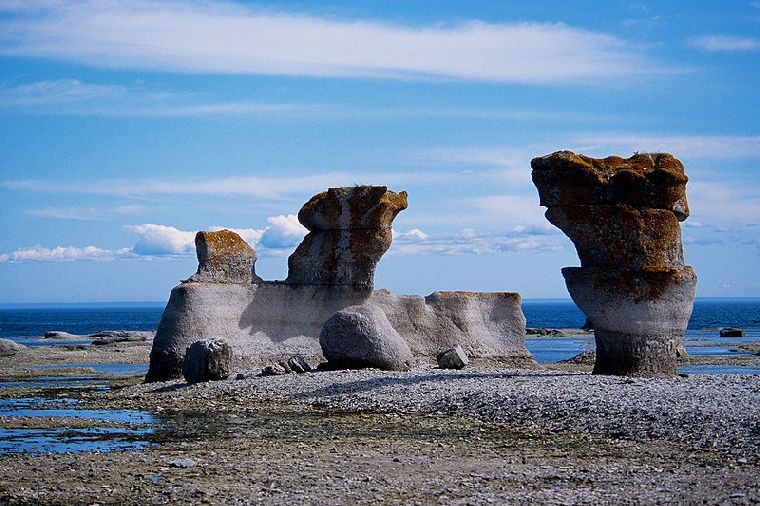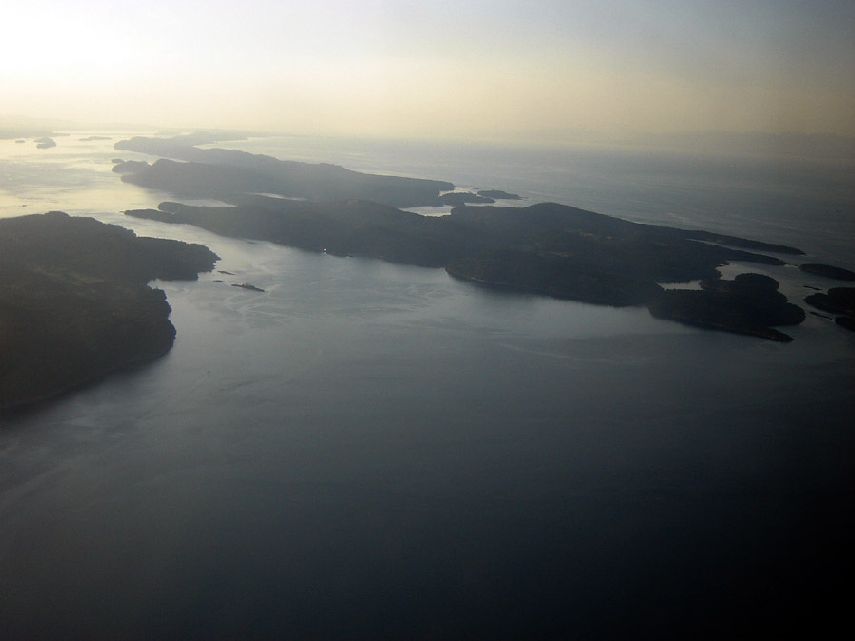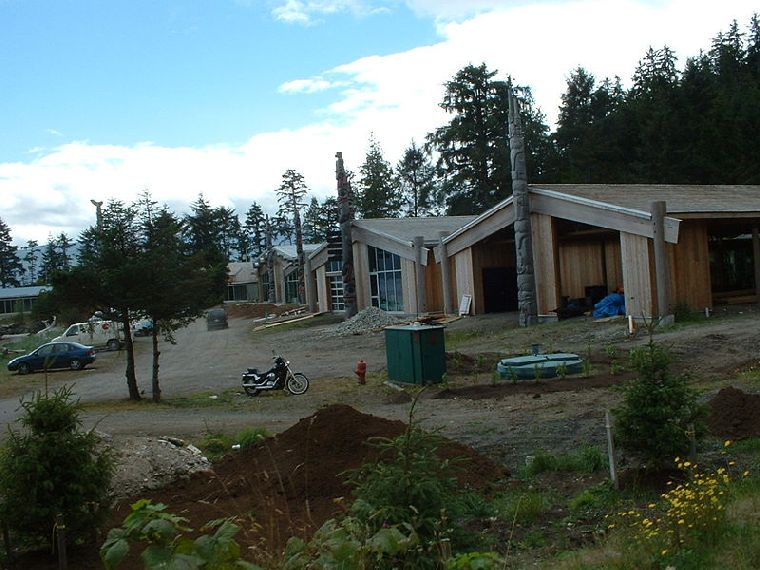Best Museums and Galleries in Toronto (Part-2)
Black Creek Pioneer Village
Over The Years, some 40 19th-century buildings have been moved to historic Black Creek Pioneer Village in the northwest of the city from other parts of Ontario.
Inevitably, the end result is not entirely realistic – no Ontario village ever looked quite like this – but this living history showpiece is still great fun. Staff in period costume demonstrate traditional skills such as candlemaking, baking, and printing. Among the more interesting buildings are the elegant Doctor’s House from 1860, and the Lasky Emporium general store, which is open and trading, selling baking products to visitors.
The Tinsmith Shop is manned by skilled craftsmen, and there is a Masonic Lodge meeting room too. Four buildings are credited to Daniel Stong, a 19th-century pioneer; his pig house, smoke house, and two contrasting homes – the first and earlier dwelling is a crude log shack, the second a civilized house with a brick fireplace, outside of which is a herb garden.
McMichael Art Collection
On The Edge Of Kleinburg, about 30 minutes’ drive north of downtown Toronto, Robert and Signe McMichael built themselves a fine log-andstone dwelling overlooking the forests of the Humber River Valley. The McMichaels were also avid collectors of Canadian art, and in 1965 they donated their house and paintings to the government.
Since then, the art collection has been greatly increased and is now one of the most extensive in the province, with over 6,000 pieces. Most of the McMichael is devoted to the work of the Group of Seven, with a whole string of rooms devoted to an eclectic selection of their works. The keynote paintings are characteristically raw and forceful landscapes illustrating the wonders of the Canadian wilderness.
Each of the group has been allocated a separate area, and both Tom Thomson (a famous precursor of the group) and talented Group of Seven member Lawren Harris, are well represented. There are also fascinating sections devoted to contemporary Inuit and Native American art, including the sculpture Bases Stolen from the Cleveland Indians and a Captured Yankee (1989) by the well-known contemporary artist Gerald McMaster.
Toronto Dominion Gallery of Inuit Art
The Toronto Dominion Centre consists of five jet-black skyscrapers, a huge modern tribute to the moneymaking skills of the Toronto Dominion Bank. The southern tower displays a strong collection of Inuit Art on two levels of its foyer. The exhibits were assembled as a centennial project in the 1960s. They bought over 100 pieces in a variety of materials, including caribou antler and walrus ivory, but the kernel of the collection is the stone carving. Soapstone sculptures on display, mostly 30–60cm (1–2 ft) high, show mythological beasts and spirits as well as scenes from everyday life. Some of the finest were carved by Johnny Inukpuk, whose Mother Feeding Child (1962) and Tattooed Woman (1958) have a raw, elemental force.

















Canada Cities